THURSDAY, JUNE 18, 2020 – GUASTAVINO TILES

THURSDAY, JUNE 18, 2020
The 82nd Edition of From Our Archives

GUASTAVINO, THE TILES
THAT MADE
CEILINGS
MASTERPIECES

Above St. Paul’s Chapel at Columbia University
The Guastavino tile arch system is a version of Catalan vault introduced to the United States in 1885 by Valencian (Spanish) architect and builder Rafael Guastavino (1842–1908). It was patented in the United States by Guastavino in 1892.

In 2014, the Museum of the City of New York housed an exhibition on the work of the Guastavinos, named “Palaces for the People: Guastavino and the Art of Structural Tile.” The retrospective called attention to many structures, including the Ellis Island Registry Room (The Great Hall), which used to be the first step in the U.S. immigration process for people who were waiting to be inspected by Immigration Service Officers. The room opened in 1900, and for over two decades, up to 5,000 immigrants passed through on a daily basis. Guastavino’s work, however, was not added until 1918. The Registry Room has since been restored to its appearance in 1918-24. (Untapped Cities)

Don’t worry about conspicuously lingering about in this government building; there is no need to go inside to find Guastavino tiles. The south wing of the Municipal building on Chambers Street is fitted with a vaulted tile ceiling, though not in the characteristic herringbone pattern. The Manhattan Municipal Building was the first to incorporate a subway station in its base, and it’s regarded as one of the most beautiful stations in the city, featuring 11 columns. According to MCNY, Guastavino “devised a series of elegant vaults to cover the space, adapting to its various shapes three basic forms: the barrel vault, used along the length of the colonnades; lunettes, curving between the columns; and groin vaults, to accommodate the diversely shaped polygons spanning the internal columns.” (Untapped Cities)
Guastavino vaulting is a technique for constructing robust, self-supporting arches and architectural vaults using interlocking terracotta tiles and layers of mortar to form a thin skin, with the tiles following the curve of the roof as opposed to horizontally (corbelling), or perpendicular to the curve (as in Roman vaulting). This is known as timbrel vaulting, because of supposed likeness to the skin of a timbrel or tambourine. It is also called Catalan vaulting and “compression-only thin-tile vaulting”[.Guastavino tile is found in some of New York’s most prominent Beaux-Arts structures and in major buildings across the United States. It is also found in some non-Beaux-Arts structures such as the crossing of the Cathedral of St. John the Divine.
The Guastavino terracotta tiles are standardized, less than an inch (25 mm) thick, and approximately 6 inches (150 mm) by 12 inches (300 mm) across. They are usually set in three herringbone-pattern courses with a sandwich of thin layers of Portland cement. Unlike heavier stone construction, these tile domes could be built without centering. Each tile was cantilevered out over the open space, relying only on the quick drying cements developed by the company. Akoustolith, a special sound absorbing tile, was one of several trade names used by Guastavino.
Guastavino tile has both structural and aesthetic significance. Structurally, the timbrel vault was based on traditional vernacular vaulting techniques already very familiar to Mediterranean architects, but not well known in America. Terracotta free-span timbrel vaults were far more economical and structurally resilient than the ancient Roman vaulting alternatives. Guastavino wrote extensively about his system of “Cohesive Construction”. As the name suggests, he believed that these timbrel vaults represented an innovation in structural engineering. The tile system provided solutions that were impossible with traditional masonry arches and vaults. Subsequent research has shown the timbrel vault is simply a masonry vault, much less thick than traditional arches, that produces less horizontal thrust due to its lighter weight. This permits flatter arch profiles, which would produce unacceptable horizontal thrust if constructed in thicker, heavier masonry. (Wikipedia)

Inside the RIHS Visitor Center Kiosk dating from 1909, when the Queensboro Bridge opened with 5 kiosks for entry to the below ground trolley station under 60th Street and Second Avenue.
OUTSIDE NEW YORK

BOSTON PUBLIC LIBRARY

BAIRD AUDITORIUM, SMITHSONIAN INSTITUTE,
WASHINGTON, D.C.
THE TILE HOUSE
BAY SHORE, LONG ISLAND, NY

The Tile House, its local nickname, is an eccentric, Moorish-looking brick folly on the south shore of Long Island, built by Rafael Guastavino Jr., the son of the architect Rafael Guastavino Sr., who developed the tile-vaulting system used in the Oyster Bar, the Whispering Gallery and in hundreds of other spaces, including Carnegie Hall and the Cathedral of St. John the Divine. Begun in 1912, when the younger Guastavino was working on Grand Central, the house is a riot of tile work: his own instantly recognizable herringbone arches, supplemented with European tiles he brought back from a honeymoon tour. When he died in 1950, he left the place to his daughter, Louise, who sold it eight years later (she died in 2004). By 2005, it was for sale, and on the Preservation League of New York State’s “Seven to Save” list. A couple from Florida who are in the business of buying and restoring old houses bought it then, saving it from a developer who wanted to tear it down. Their renovations included removing the decades-old trees that were growing in a garage. (NY Times)
THURSDAY IMAGE OF THE DAY

The interior of Temple Emanu-El is lined in Akoustalith tiles from Guastavino. These are non glazed tiles and the rough natural face gives them a more enjoyable sound resonance than glazed tiles. They were restored to their original condition in 2006. The tiles were cleaned with dry sponges absorbing decades of dust and grime.

CARNEGIE LIBRARY WASHINGTON, DC
A TREASURE OF A BUILDING

This D.C. public library was closed for years. Last year, 2019, it re-opened as a research library, art gallery and Apple Store. The building is shining in the sunlight, just across the street from the DC Convention Center. Inside the main floor has a great Apple Store with a a performance space. Upstairs is a wonderful gallery with a selection of panoramic photos. The ground floor level is an art gallery featuring the building’s history. The ceilings are Guastavino tiles, these reproduced for the restoration.

THURSDAY PHOTO OF THE DAY

WHAT IS THIS BUILDING?
SEND ANSWER TO JUDITH BERDY
JBIRD134@AOL.COM
WEDNESDAY PHOTO OF THE DAY
ENTRANCE TO NYPL ROOSEVELT ISLAND BRANCH
The winner is Arlene Bessenoff

FROM OUR READERS
Wednesday Photo of the Day
This is the original staircase in the Octagon
EDITORIAL
It is fun to look thru art and design such as today’s images of the works by the Guastavino family. Last summer we walked into a fantastic building in Washington, D.C. The Carnegie Library is worth the trip alone. It glows in the square where it is located. I returned a few months after my first visit to show to another friend. Upstairs the Preservation League of DC has an exhibit of panoramic photos.
Next time you are in DC, stop by. You are in for a treat.
This is an important week.
Time to early vote for the primary election. Some news:
The only party having a Primary are the DEMOCRATIC PARTY
Our Primary EARLY VOTING SITE IS AT 440 EAST 26 STREET
FROM TODAY UNTIL SUNDAY.
HOURS ARE:
THURSDAY 10 A.M. TO 6 P.M.
FRIDAY 7 A.M. TO 3 PM.
SATURDAY AND SUNDAY 10 A.M. TO 4 P.M.
REGULAR VOTING IS TUESDAY, JUNE 23
AT P.S./I.S. 217 6 A.M. TO 9 P.M
Judith Berdy
Text by Judith Berdy
Thanks to Bobbie Slonevsky for her dedication to Blackwell’s Almanac and the RIHS
Thanks to Deborah Dorff for maintaining our website
All image are copyrighted (c)
Roosevelt Island Historical Society
unless otherwise indicated
UNTAPPED CITIES NEW YORK (C)
CONGREGATION EMANU-EL
NEW YORK TIMES (C)
AVERY ARCHIVES/COLUMBIA UNIVERSITY
FUNDING PROVIDED BY ROOSEVELT ISLAND OPERATING CORPORATION PUBLIC PURPOSE GRANTS
CITY COUNCIL REPRESENTATIVE BEN KALLOS DISCRETIONARY FUNDING THRU DYCD


Copyright © 2020 Roosevelt Island Historical Society, All rights reserved.Our mailing address is:
rooseveltislandhistory@gmail.com

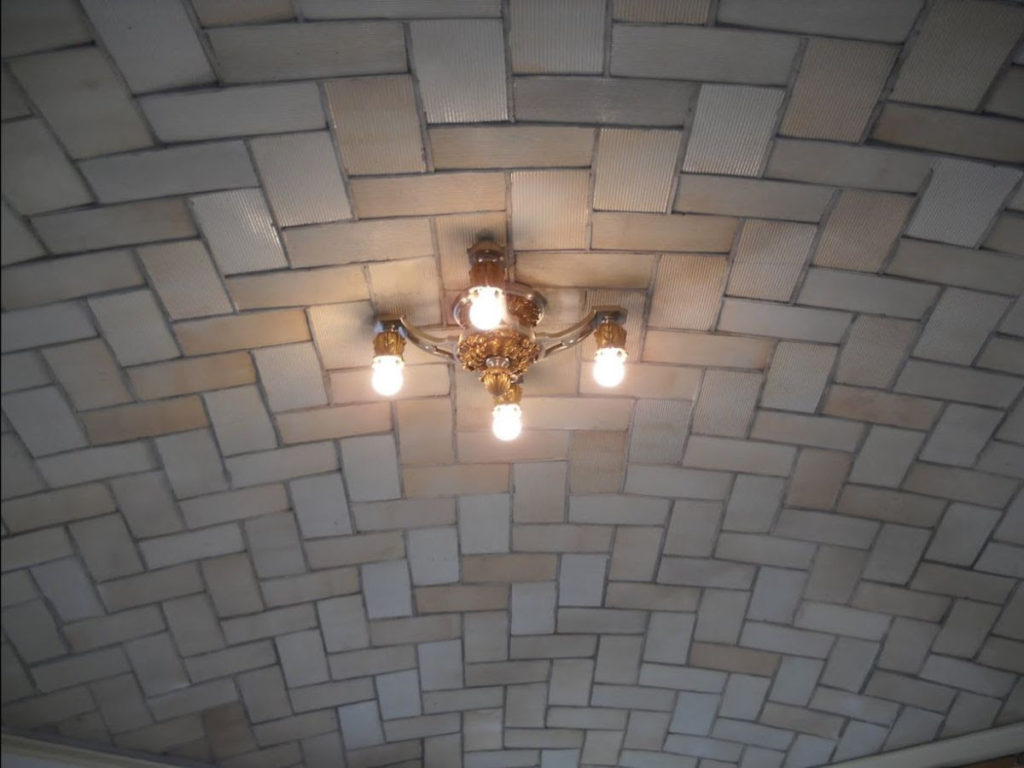
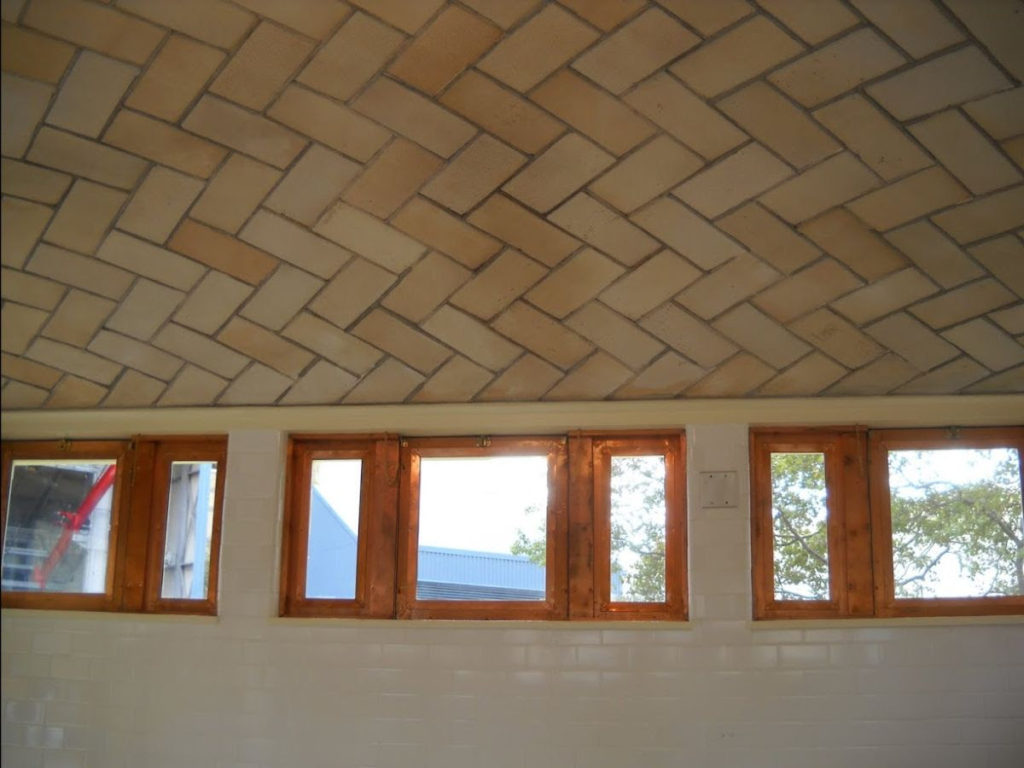
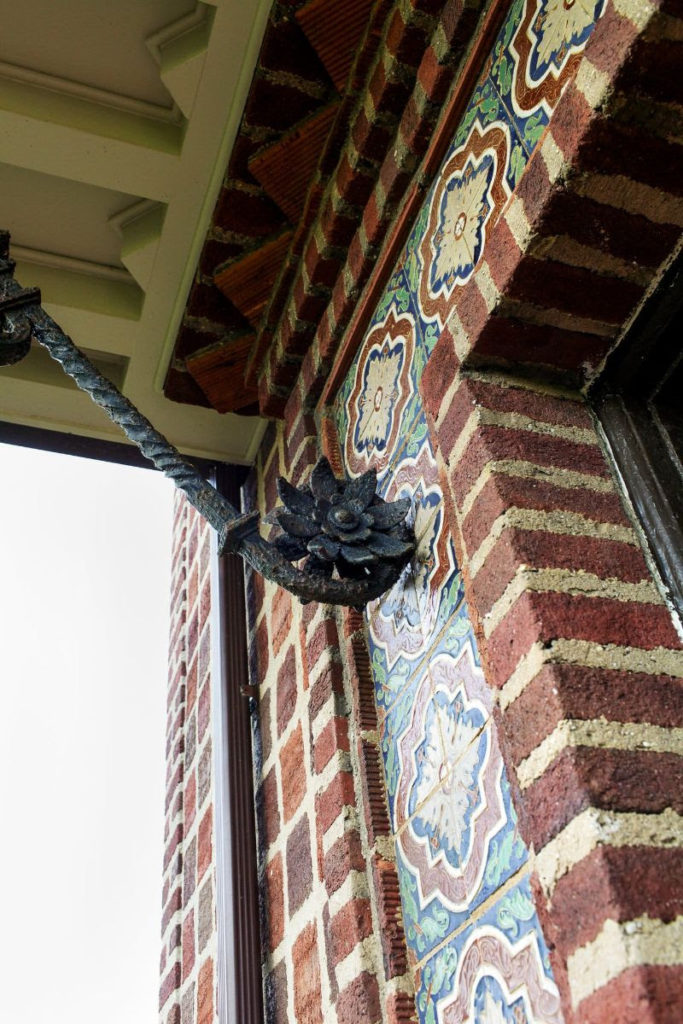
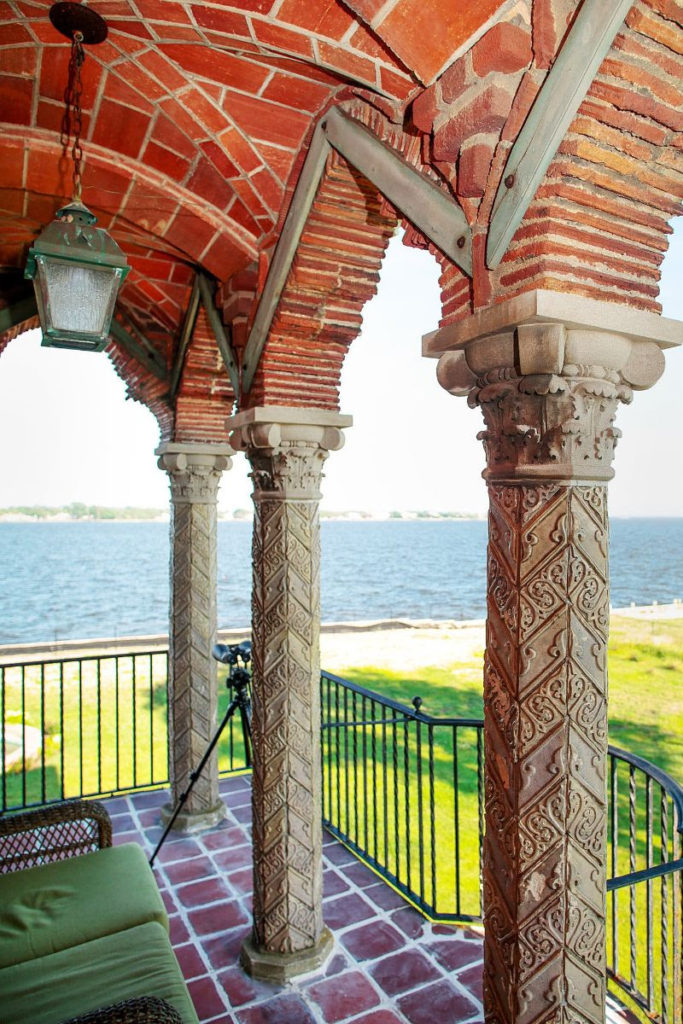
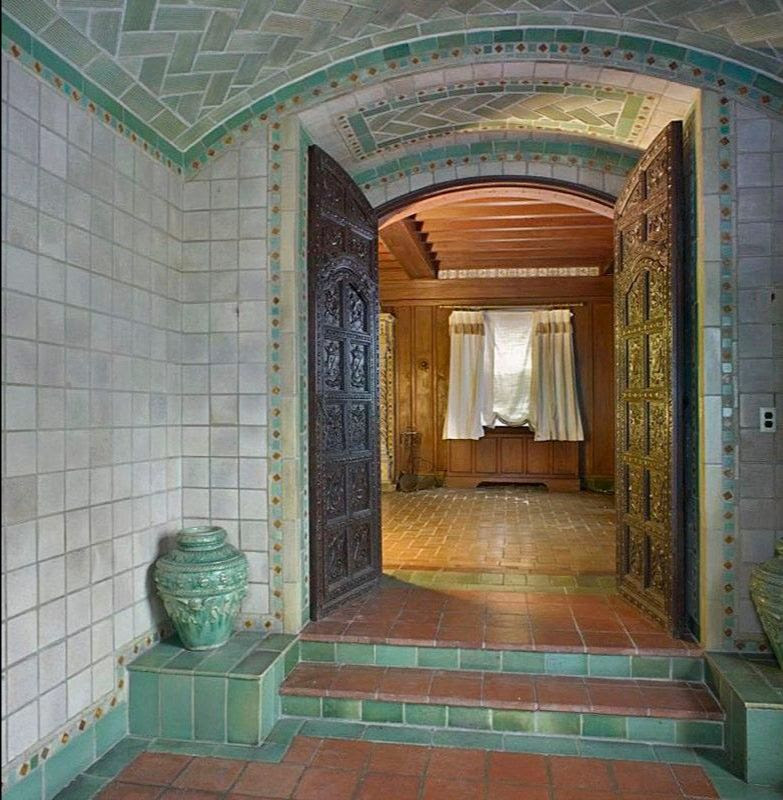

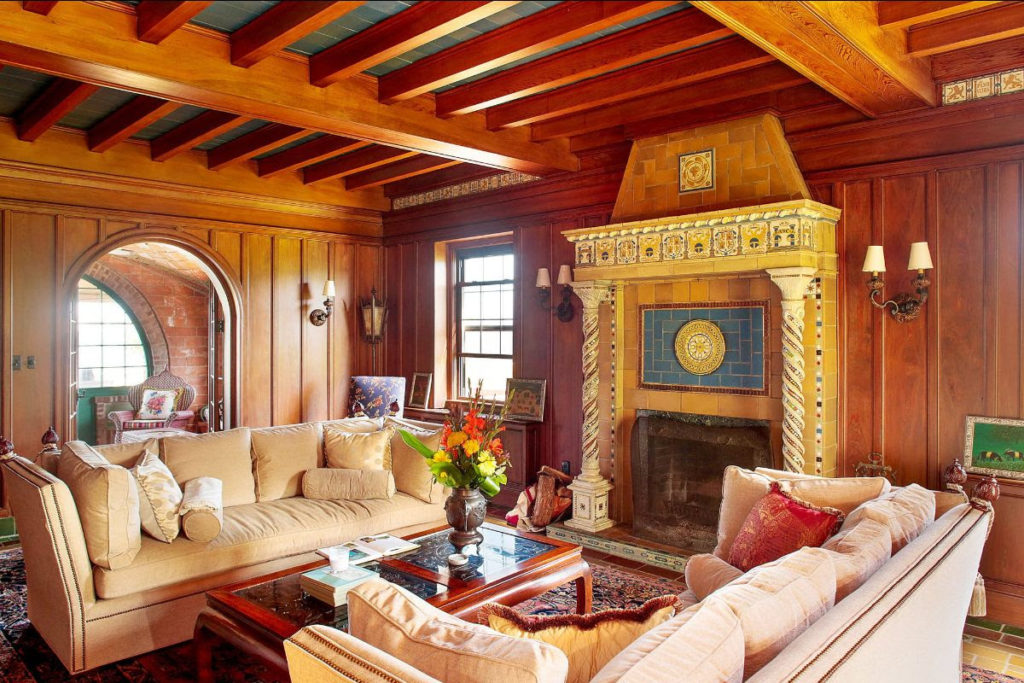
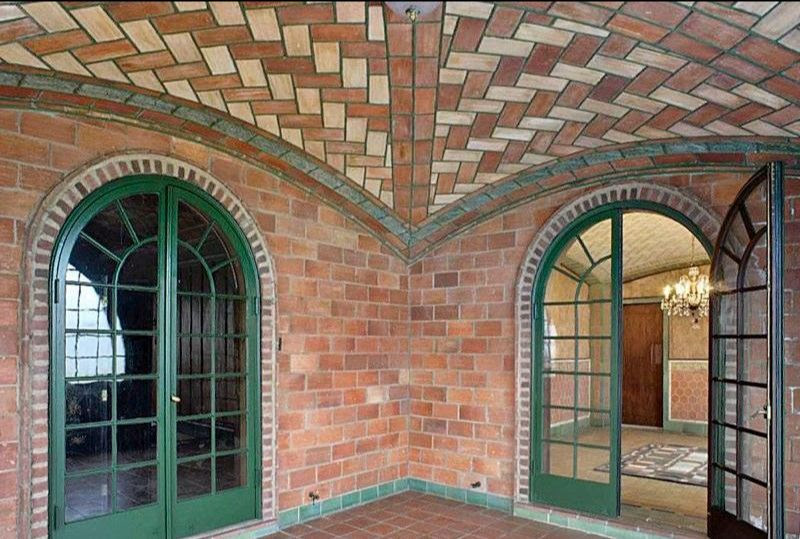
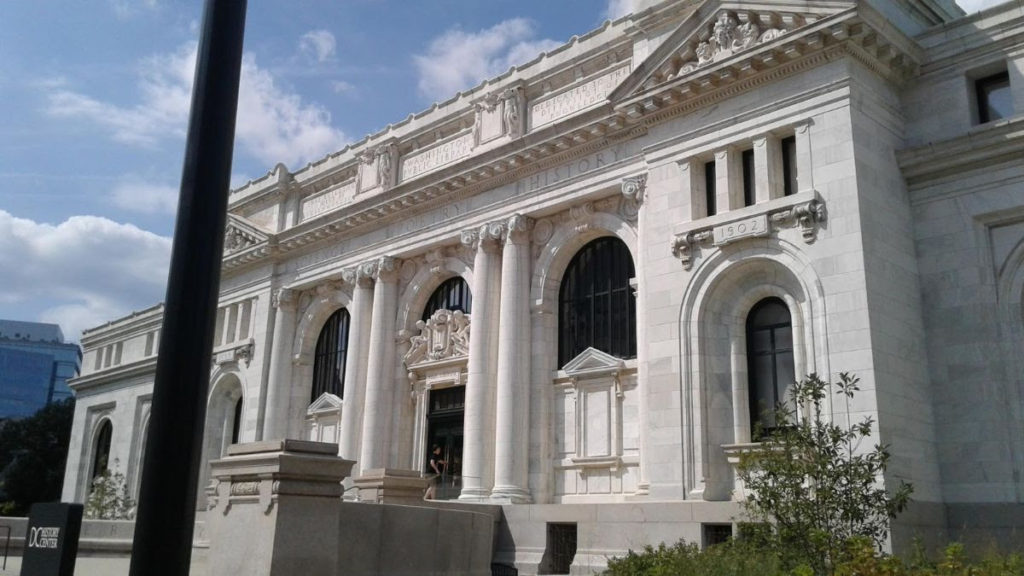

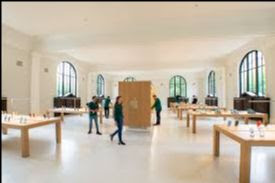

Leave a comment